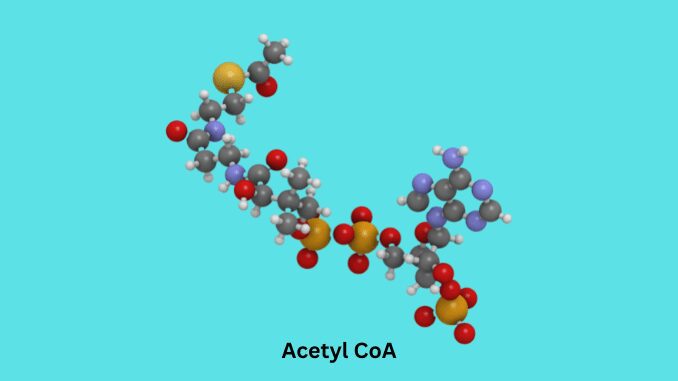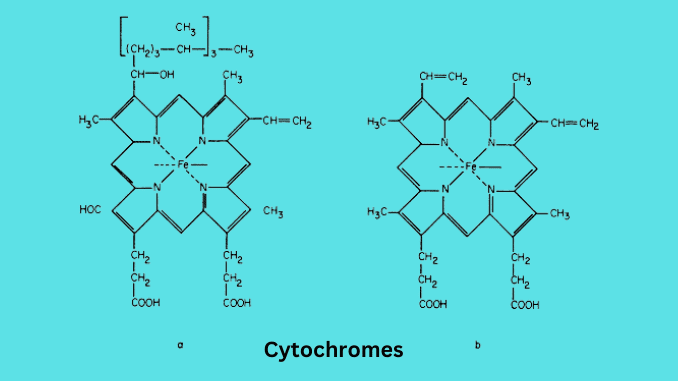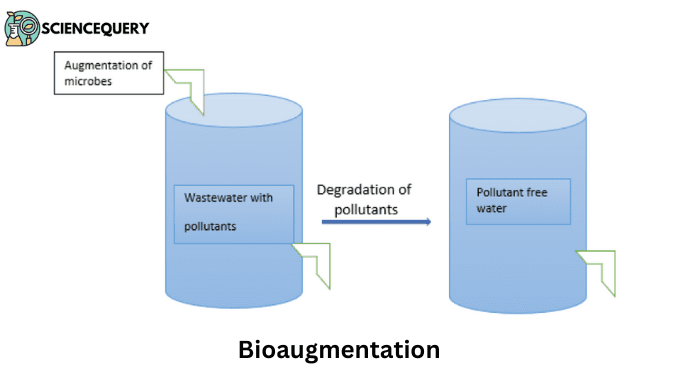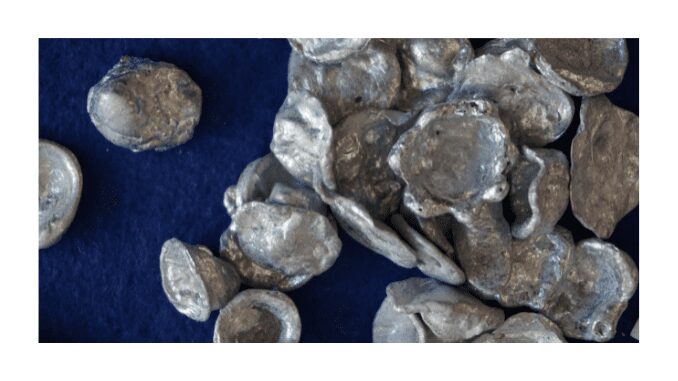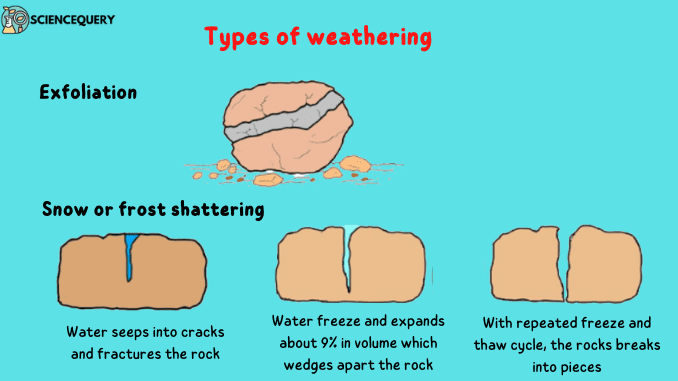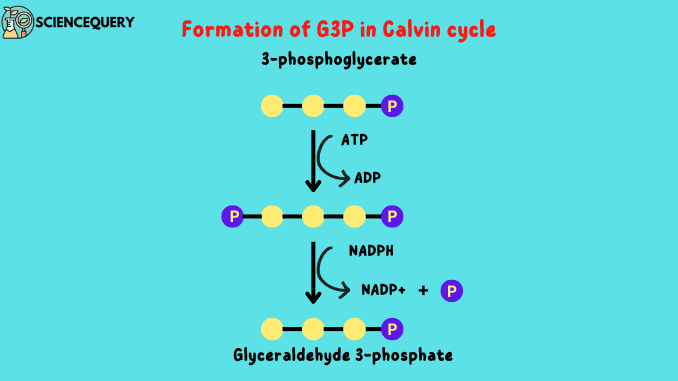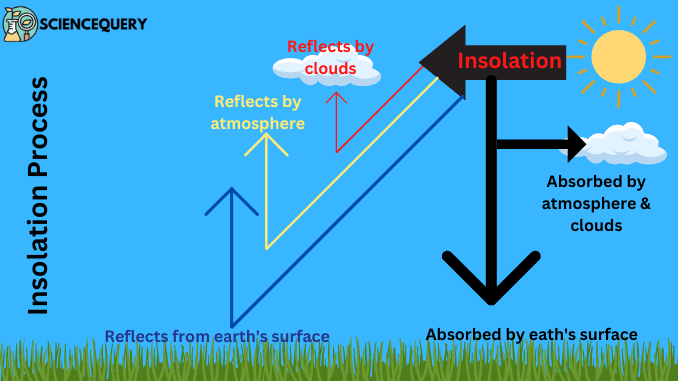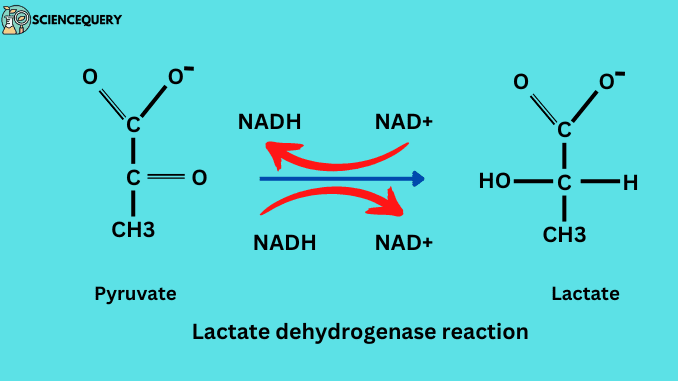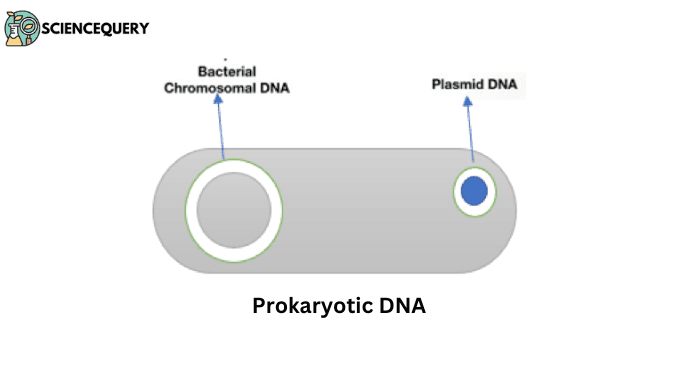C value paradox
Know in one minute about C value paradox The c value paradox is the developing form of C value. C value is considered as the number of DNA base pairs present in the haploid set of the genome. C value phenomenon is the Complexity of an organism that is increased if the number of DNA […]


